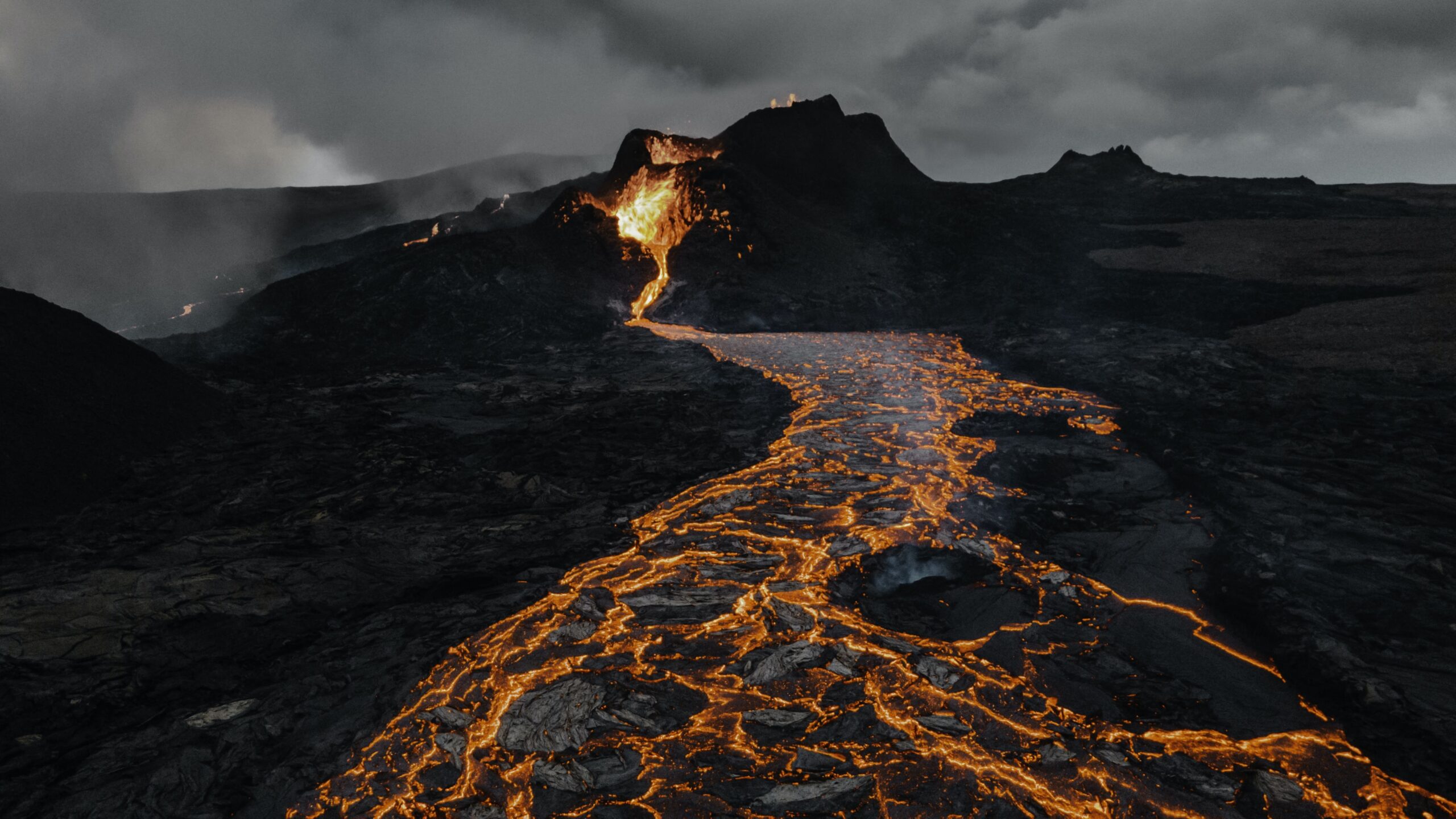Imagine standing at the base of a majestic mountain, surrounded by nature's breathtaking beauty, as you gaze up at the mighty Mt Shasta. Mount Shasta, located in Northern California, is known for its snow-capped peaks and impressive stature. But have you ever wondered when this magnificent mountain last erupted? In this article, we will explore the fascinating history of Mt Shasta's volcanic activity and uncover the answer to the question: When did Mt Shasta last erupt? Get ready for an intriguing journey into the geological wonders of this enchanting natural wonder.
Geographical Overview of Mt Shasta
Location and Topography
Mt Shasta is located in Northern California, rising majestically from the Cascade Range. It stands prominently as the state's second highest peak, reaching an elevation of 14,179 feet (4,322 meters). Situated in Siskiyou County, Mt Shasta is approximately 60 miles (97 kilometers) south of the Oregon border. Its distinct cone-shaped summit, covered in snow and ice year-round, is a breathtaking sight and is visible for miles.
Significance in California’s Landscape
Mt Shasta holds great significance in California's landscape, both geologically and culturally. It is considered a stratovolcano, showcasing a cone-shaped formation typical of such volcanoes. As a prominent feature of the region, Mt Shasta contributes to the natural beauty of the surrounding landscape. It captures the imagination of locals and visitors alike and is a popular destination for hikers, climbers, and nature enthusiasts.
Understanding Volcanoes
Definition and Formation of Volcanoes
Volcanoes are geological features formed when molten rock, known as magma, rises to the surface from the Earth's mantle. This molten rock, along with gases and minerals, erupts through vents and openings, creating a volcanic eruption. The lava emitted during these eruptions cools and solidifies, gradually building up layers of volcanic material over time.
Types of Volcanoes
There are several types of volcanoes, including stratovolcanoes, shield volcanoes, and cinder cones. Stratovolcanoes, like Mt Shasta, are characterized by their steep slopes, composed of alternating layers of solidified lava, ash, and volcanic debris. Shield volcanoes, on the other hand, have a broad, gently sloping profile formed by highly fluid lava. Cinder cones are smaller volcanoes, typically formed from explosive eruptions that eject fragments of lava into the air.
Volcanic Activity Indicators
Volcanic activity can be monitored by various indicators. These include seismic activity, such as increased earthquake frequency or intensity, ground deformation caused by the movement of magma beneath the surface, gas emissions, and changes in volcanic thermal areas. Monitoring these indicators helps scientists and geologists better understand volcanic behavior and potential eruptions.

Volcanic History of Mt Shasta
First Recorded Eruption
The first recorded eruption of Mt Shasta took place in 1786, witnessed by European settlers in the area. However, it is important to note that the native indigenous tribes who have inhabited the region for centuries have their own rich history and stories regarding the volcanic activity of Mt Shasta. These native communities hold a deep spiritual connection to the mountain and consider it a sacred place.
Notable Historical Eruptions
Throughout history, Mt Shasta has experienced several notable eruptions. One of the most significant was the eruption recorded in 1854, which produced a massive ash cloud visible for miles. Another notable eruption occurred in 1877, with reports of glowing lava flows reaching several miles down the mountain. These historical eruptions have left a lasting impact on the local landscape and shaped the mountain's geological features.
The Last Known Eruption
Estimated Time Frame
The last known eruption of Mt Shasta occurred in 1786, making it over two centuries since the volcano's last eruption. This eruption, witnessed by European settlers, was a relatively minor event compared to some of the larger eruptions in the mountain's history.
Extent of Volcanic Activity
While the eruption in 1786 marked the most recent activity, Mt Shasta has demonstrated signs of continued volcanic activity through volcanic gas emissions, minor earthquakes, and thermal areas. These signs suggest that the volcano is still active and closely monitored by scientists and geological experts.

Significance of the Last Eruption
Impact on Local Communities
The 1786 eruption of Mt Shasta had a limited impact on local communities due to the sparse population in the region at the time. However, the eruption did serve as a reminder of the potential hazards associated with volcanic activity. Local communities today are well aware of the volcano's presence and have precautionary measures in place to mitigate the impact of any future eruptions.
Changes to Mt Shasta’s Geographical Features
While the exact changes caused by the last eruption are not extensively documented, historical eruptions have significantly shaped Mt Shasta's geographical features. Lava flows, ash deposits, and cone-shaped formations are observable remnants of past volcanic activity. These changes contribute to the mountain's unique and awe-inspiring landscape.
How Geologists Track Eruptions
Tools and Techniques in Volcanology
Geologists employ various tools and techniques to track volcanic eruptions. Seismometers are used to monitor seismic activity, allowing scientists to detect changes in the Earth's crust associated with volcanic processes. Satellite imagery provides valuable visual data on volcanic plumes, gas emissions, and thermal hotspots. Ground-based instruments, such as gas analyzers and thermal cameras, help measure volcanic gases and heat signatures. These tools, combined with extensive monitoring networks, enable scientists to gather crucial data about volcanic activity.
Determining the Age of Volcanic Rocks
Geologists determine the age of volcanic rocks to understand the timing and frequency of past eruptions. This is accomplished through radiometric dating techniques, which involve measuring the abundance of certain isotopes in rocks. Comparing the ratio of parent to daughter isotopes allows scientists to calculate the time that has elapsed since the rock solidified. By analyzing various rock samples from different eruption periods, geologists can construct a timeline of volcanic activity.
Use of Radiometric Dating
Radiometric dating has been instrumental in determining the age of Mt Shasta's volcanic rocks, providing valuable insight into the volcano's eruptive history. By analyzing samples from previous eruptions, geologists have been able to establish a chronological framework for understanding the mountain's volcanic activity patterns.

Current Volcanic Status of Mt Shasta
Recent Geological Findings
Recent geological findings indicate that Mt Shasta remains an active volcano. Ongoing monitoring and research efforts have detected volcanic gas emissions, low-level seismic activity, and thermal anomalies. These findings reiterate the importance of continued vigilance and monitoring of the volcano's activity.
Current Threat Level according to USGS
The United States Geological Survey (USGS) continuously evaluates potential volcanic hazards across the country, including Mt Shasta. Presently, Mt Shasta is classified as a “Very High” threat volcano due to its potential for future eruptions and the potential impacts on nearby communities. This classification underscores the need for ongoing research, monitoring, and preparedness measures in the region.
Potential Future Eruptions
Predictive Measures for Volcanic Eruptions
While predicting exact dates and magnitudes of volcanic eruptions remains challenging, scientists have made significant progress in identifying precursors and forecasting likely scenarios. Monitoring volcanic gas emissions, ground deformation, and seismic activity patterns provide critical clues about volcanic unrest. By analyzing these precursors, scientists can make informed predictions and issue timely warnings to mitigate potential risks.
Scientific Forecasts for Mt Shasta
Based on ongoing monitoring efforts, scientists continue to refine their forecasts for Mt Shasta's future eruptions. While the specific timing and magnitude of potential eruptions are uncertain, it is likely that the volcano will experience future volcanic activity. However, it is essential to emphasize that future eruptions may range from minor eruptions to more significant events, and that scientific monitoring and analysis will be crucial in providing accurate forecasts.
Preparation for Possible Future Eruptions
Volcano Monitoring and Early Warning Systems
To prepare for possible future eruptions, scientists and local communities have implemented volcano monitoring systems and early warning mechanisms. These systems involve a network of seismic sensors, gas monitoring stations, and thermal cameras strategically placed around Mt Shasta. Real-time data from these systems allow experts to assess volcanic activity and issue timely warnings, enabling local communities to take necessary precautions.
Local Community Preparedness Plans
Aware of the potential risks associated with Mt Shasta's volcanic activity, local communities have developed comprehensive preparedness plans. These plans include evacuation routes, emergency shelters, and communication protocols to ensure that residents can quickly and safely respond to any volcanic event. Regular drills, educational campaigns, and public awareness initiatives further enhance community preparedness.
Conclusion: Evaluation of Mt Shasta’s Volcanic Activity
Reflection on Past Eruptions
The historical eruptions of Mt Shasta serve as stark reminders of the volcano's potential power. They have shaped the landscape, leaving behind impressive features that attract visitors from around the world. Understanding the past eruptions helps scientists and communities prepare for the future, ensuring the safety of those living in the vicinity.
Implications for Future Volcanic Activity
As an active volcano, Mt Shasta carries inherent risks and potential hazards. Ongoing monitoring efforts, research, and preparedness measures are of utmost importance to safeguard local communities and ensure timely response to any volcanic activity. While the exact timeline and magnitude of future eruptions remain uncertain, employing scientific forecasting methods and preparedness plans can minimize the potential impact.
Final Summary
Mt Shasta's geographic significance, its past eruptions, and the ongoing monitoring efforts all contribute to our understanding of this captivating volcano. As we explore the geological processes behind volcanic eruptions and prepare for Mt Shasta's potential future activity, we can appreciate the beauty and power of nature while prioritizing the safety and well-being of the communities that call this region home. Through ongoing research, monitoring, and preparedness, Mt Shasta's volcanic activity can be effectively managed, allowing its allure and grandeur to be enjoyed by future generations.

